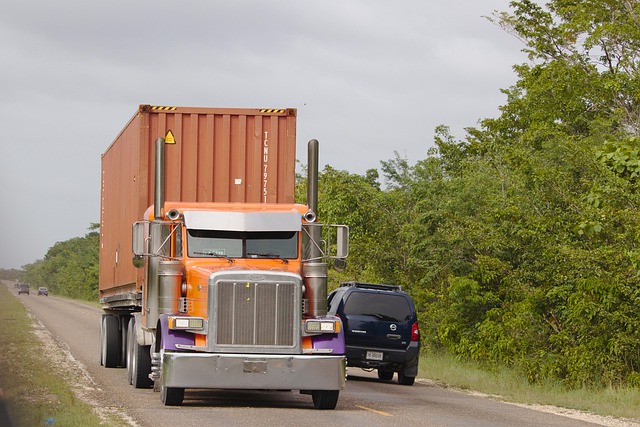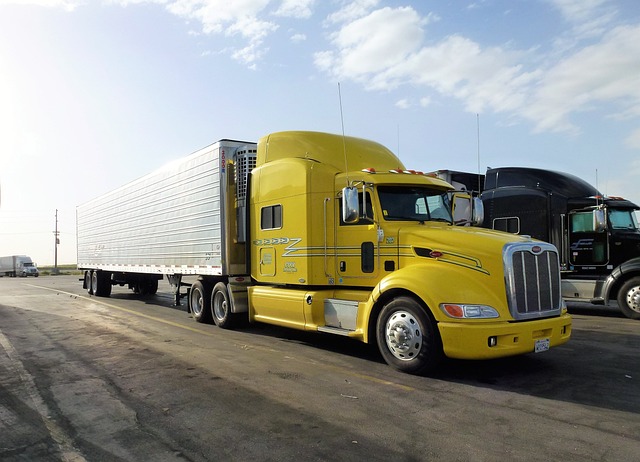Small fleet operators face a unique insurance challenge, seeking both affordable solutions and top protection for their vehicles and drivers. They require tailored comprehensive plans that cater to specific needs like vehicle type, usage, and size. The best coverage includes liability protection, collision coverage, discounts, and simplified claims processes. By bundling policies, evaluating coverage needs, staying informed about market trends, and leveraging technology, small fleet operators can achieve a balance between comprehensive protection and cost management, securing competitive rates for their unique risks.
In today’s competitive market, small fleet operators face a delicate balancing act: securing the best coverage at an affordable price. This article guides you through this intricate dance, focusing on understanding the unique needs of these operators and highlighting key components of superior insurance benefits. We explore practical strategies to reconcile affordability with comprehensive protection, ensuring optimal choices for your small fleet. By the end, you’ll be equipped to make informed decisions, securing the best coverage tailored to your operational requirements.
Understanding the Needs of Small Fleet Operators

Small fleet operators face unique challenges when it comes to insurance, as they require solutions that offer both affordability and the best coverage possible. These operators often manage a tight budget while ensuring their vehicles and drivers are protected. They need comprehensive insurance plans tailored to their specific needs, considering factors such as vehicle types, usage patterns, and the size of their fleet.
By understanding these requirements, insurance providers can design packages that include liability protection, collision coverage, and specific perks for small fleets, like discount programs or streamlined claims processes. Such approaches not only ensure financial security but also foster a sense of trust between operators and insurers, promoting long-term partnerships.
Key Components of Superior Insurance Benefits

The key components of superior insurance benefits for small fleet operators are multifaceted, catering to both protective and strategic needs. Firstly, best coverage encompasses comprehensive liability protection, asset shielding, and on-the-road assistance services that safeguard against unforeseen events and potential financial burdens. This includes adequate physical damage coverage, liability limits aligned with business risks, and roadside assistance plans that ensure swift fleet recuperation in case of breakdowns or accidents.
Beyond these essentials, best coverage small fleet operators should also access benefits like customized maintenance programs to prevent costly repairs, telematics solutions for efficient fuel management and driver behavior monitoring, as well as legal support services tailored to navigate regulatory complexities specific to their industry. These integrated advantages not only enhance operational efficiency but also contribute to long-term financial stability and competitive edge in the market.
Strategies to Balance Affordability and Coverage

Small fleet operators often face a delicate balance between keeping costs low and ensuring they have the best coverage to protect their business. To achieve this, consider implementing strategic cost-saving measures while still securing comprehensive insurance benefits. One effective approach is to bundle your insurance policies. Combining liability, collision, and comprehensive coverages into one policy can result in significant discounts, as many insurers offer reduced rates for multi-line policies. Additionally, evaluating your coverage needs critically is essential. Assess the risks specific to your fleet, such as high-theft areas or frequent weather events, and customize your policy accordingly. Opting for higher deductibles on certain types of damage can also lower premiums, but make sure this aligns with your financial capabilities to avoid unnecessary financial strain.
Regularly reviewing and comparing quotes from different insurers is a proactive strategy. The insurance market is dynamic, with companies frequently updating their policies and pricing structures. By staying informed about the latest offers and industry trends, small fleet operators can secure competitive rates without compromising on coverage. Moreover, leveraging technology to manage your fleet efficiently can indirectly impact insurance costs. Implementing telematics devices or GPS tracking systems allows insurers to offer personalized rates based on driving behavior, reducing risks associated with unsafe driving practices.
Choosing the Best Coverage for Your Small Fleet

When it comes to insuring a small fleet, finding the best coverage for small fleet operators involves striking a delicate balance. Fleet owners need comprehensive protection that caters to their unique risks while also ensuring affordability. This means evaluating each vehicle’s usage, age, and value to tailor policies accordingly. Opting for tailored packages from reputable insurers allows small fleet operators to secure essential coverages like liability, collision, and roadside assistance without breaking the bank.
The best coverage small fleet operators can expect includes protection against unexpected events such as accidents, theft, or natural disasters. Additionally, choosing a provider that offers flexible payment plans and regular policy reviews ensures ongoing financial management. By staying informed about their insurance options and regularly reassessing their needs, small fleet owners can access the best coverage tailored to their operations while maintaining budget-friendliness.
For small fleet operators, finding the perfect balance between affordability and superior insurance benefits is key. By understanding their unique needs, identifying essential coverage components, and employing strategic approaches, it’s possible to secure the best coverage tailored to their operations. This ensures both financial protection and peace of mind on the road ahead.
